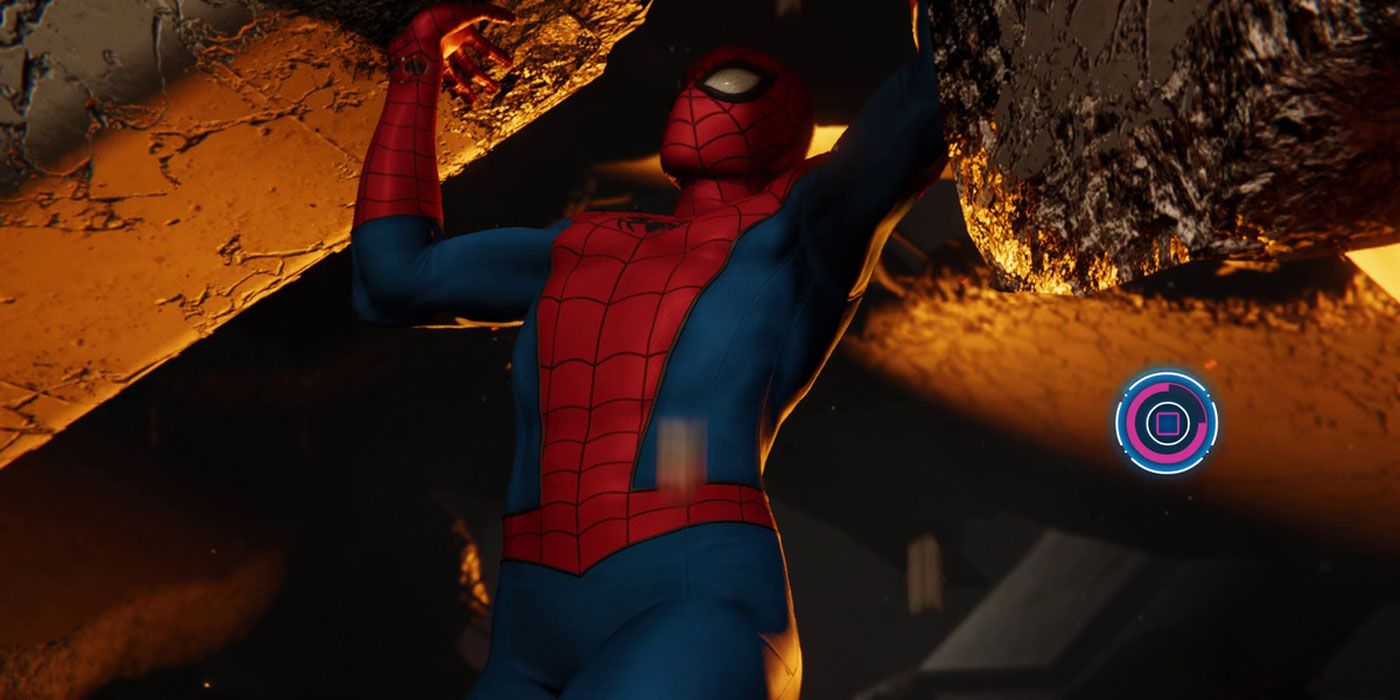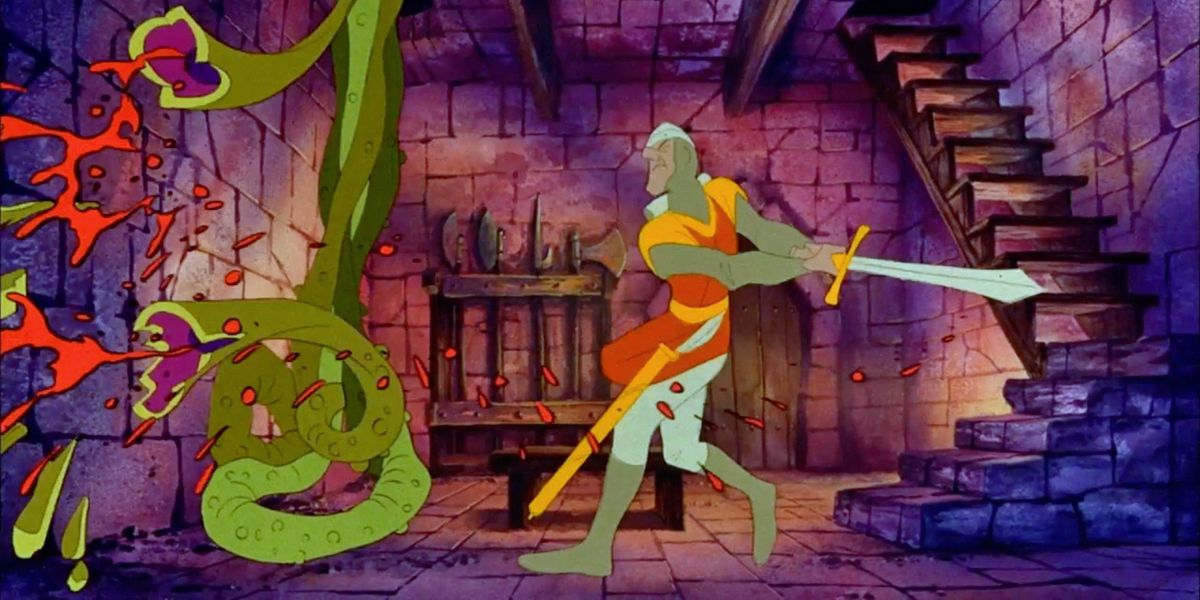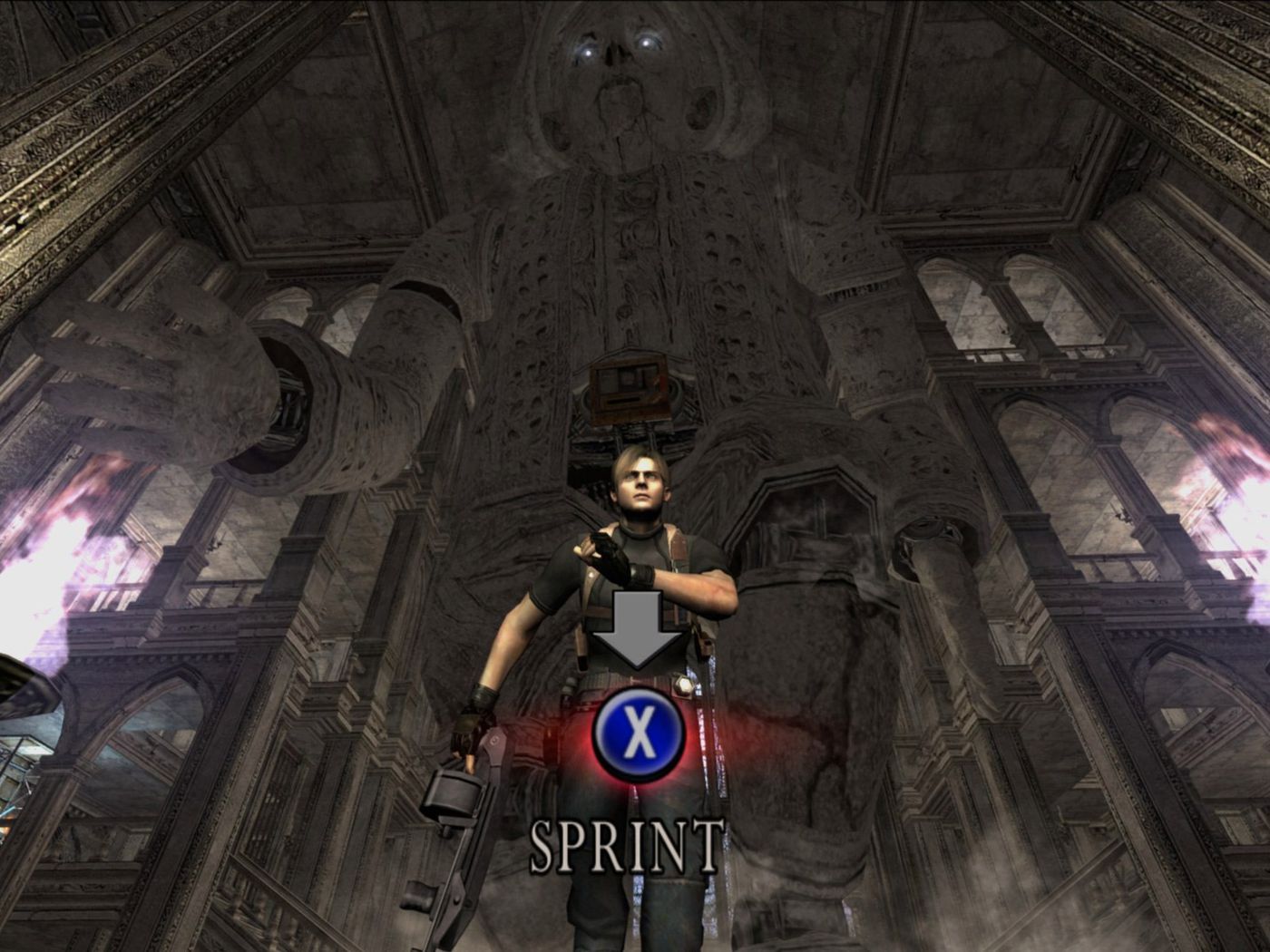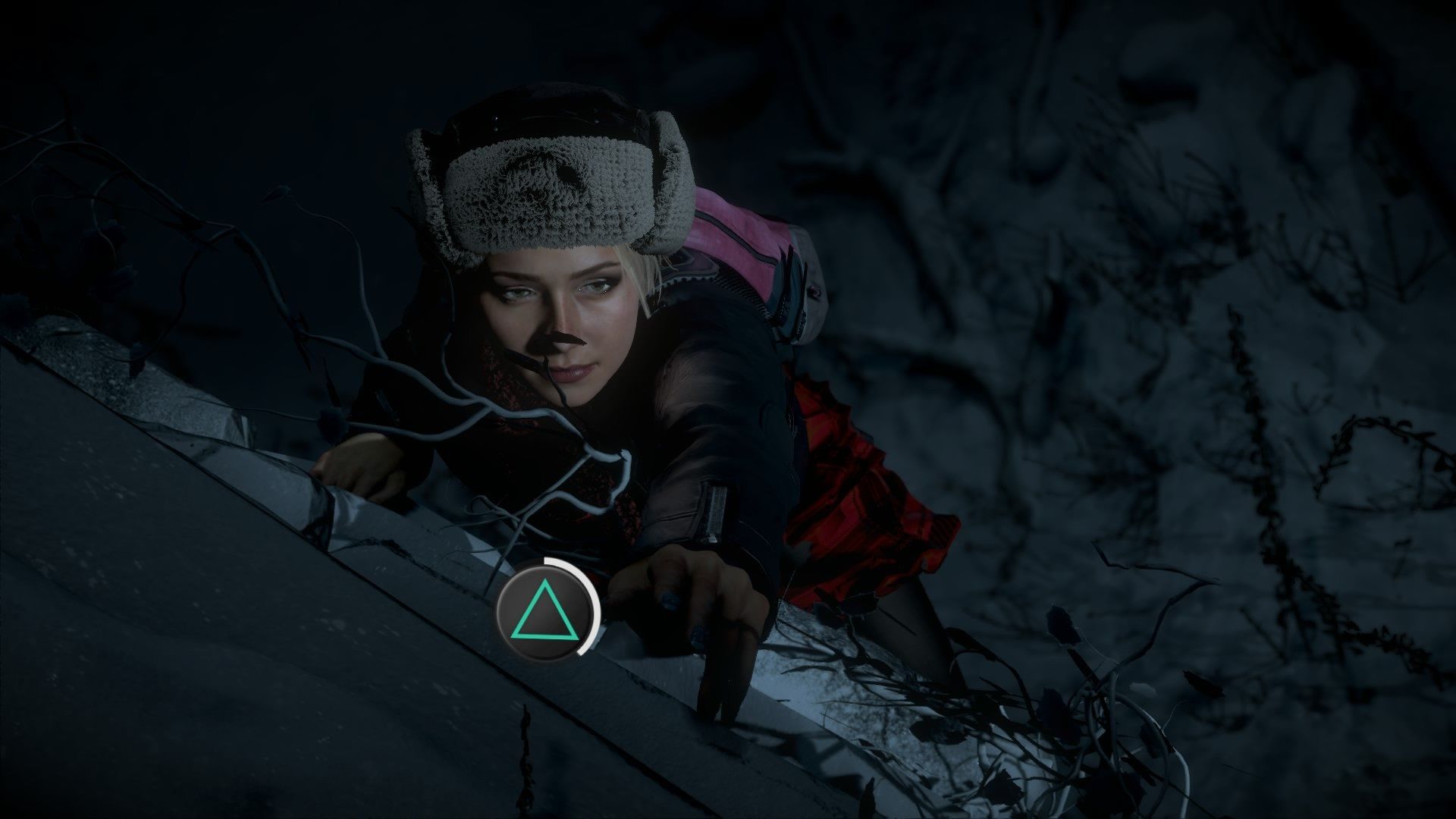Quick-time events are somewhat notorious within the video game community. Some people love the rapid pace quick-time events set, while others despise their mere existence. Although the divisive video game mechanic became popular during the sixth and seventh console generation, quick-time events have been around longer than most people think.
QTEs, better known as quick time events, are brisk gameplay mechanics that require players to enter a specific button command in a limited amount of time. Entering the wrong button command or failing to perform the sequence in the respected time frame can negatively affect a player. The mechanic has evolved over the years and still plays a role in many of the games fans enjoy today.
The origins of quick-time events can be traced back to the arcade era. Early '80s arcade games like Dragon's Lair and Cliff Hanger introduced an early form of the mechanic and even center most of their gameplay around them. By 1984, quick-time events started taking form in various arcade cabinets around the world.
In the early 1990s, quick-time events started making their way into console gaming. Some of the early Final Fantasy titles utilized QTEs in special character attacks, spells and mini-games. As video games transition from 2D to 3D, QTEs started becoming more apparent.
The introduction of music rhythm games took the mechanic to new heights. Games like Dance Dance Revolution formed their own version of QTEs, giving players an incredibly unique experience. QTEs enjoyed relative fame among niche video game communities but didn't break into the mainstream until the tail end of the century.
The cult classic Shenmue was the first game to coin the term quick-time events and helped bring them into the modern era. They felt fresh and even a bit innovative at the time, slowly popularizing the mechanic with more casual audiences. QTEs started becoming more like interactive cutscenes than pivotal gameplay mechanics.
Once the seventh console generation debuted, quick-time events were everywhere. It seemed like every game at the time used some form of QTEs mechanics. God of War 3, Heavy Rain, Ninja Blade and even a few sports games featured QTEs. However, their appeal started to wear thin.
Many gamers grew tired of quick-time events toward the end of the seventh console generation. The mechanic became extremely overused and became more of an annoyance than an enjoyable gameplay mechanics. Although quick-time events are still featured in many modern video games, they aren't as apparent as they used to be.
Like it or not, quick-time events have played a critical role in video game history. Without them, gamers wouldn't have many of the classic games that helped shape the industry. While many titles overused the divisive gameplay mechanic, it's hard to imagine certain games without them. Quick-time events cemented their place in history and will likely continue playing a part in shaping the games we cherish today.




